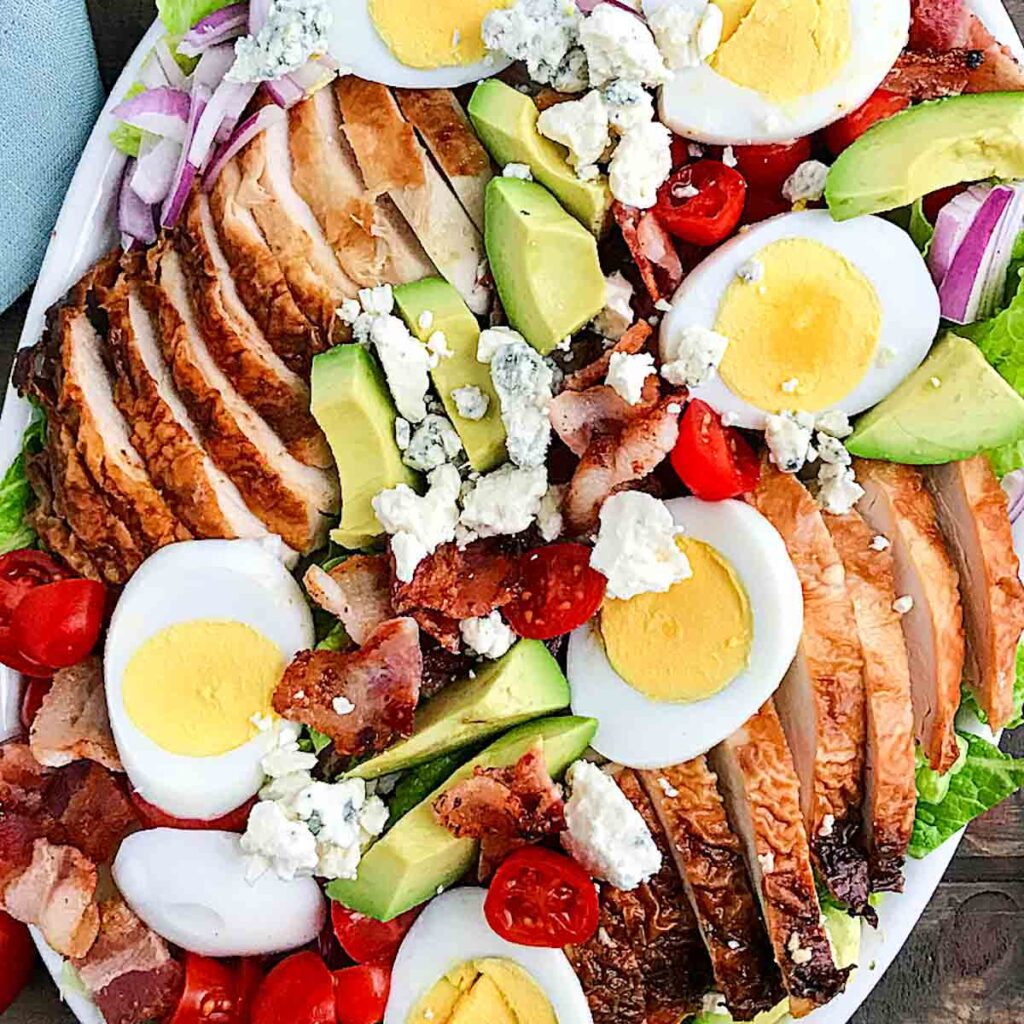Welcome to our Frequently Asked Questions page. We’ve put this page together based on questions we’ve been asked or some we’ve seen asked in various social media platforms.
Feel free to leave us a comment with your question(s) if it wasn’t answered here’s so we can include them on this page for your benefit and that of all our readers.
Come hang out with us on social media!

To ensure a tender and juicy whole chicken, consider brining it before cooking. This involves soaking the chicken in a mixture of water, salt, sugar, and optional herbs for several hours. Roasting is a popular method: preheat your oven, season the chicken with herbs and spices, and roast at the recommended temperature until the internal temperature reaches 165°F (74°C) in the thickest part of the meat. Let it rest before carving.
For grilling, marinate the chicken in a mixture of oil, acid (like lemon juice or vinegar), herbs, spices, and aromatics. This adds flavor and helps tenderize the meat. Alternatively, you can use a dry rub by coating the chicken with a mix of spices before grilling.
Certainly! Try a mix of olive oil, lemon juice, garlic, oregano, and a touch of honey for a Mediterranean-inspired marinade. Or opt for yogurt, ginger, turmeric, and cumin for a flavorful Indian twist.
Bake boneless, skinless chicken breasts in a preheated oven at 350°F (175°C) for about 20-25 minutes or until the internal temperature reaches 165°F (74°C).
Achieve crispy fried chicken by first coating the chicken in seasoned flour, then dipping it in egg wash, and finally dredging it in breadcrumbs. Fry in hot oil (350°F/175°C) until golden brown and the internal temperature reaches 165°F (74°C).
A classic chicken noodle soup with homemade broth, chicken, vegetables, and noodles can help soothe a cold. You can also add ingredients like garlic and ginger for extra immune-boosting properties.
Achieve crispy baked chicken wings by coating them with a baking powder and salt mixture before baking. This helps the skin become crispy while baking at a high temperature (400°F/200°C).
You can also cook frozen chicken wings in air fryer for tasty crispy results.
Consider stuffing your roasted chicken with a mixture of herbs, garlic, lemon slices, and onions for a classic flavor. For a unique twist, try a stuffing with wild rice, dried fruits, and nuts.
To carve a roasted chicken, start by removing the legs and wings at the joints. Then, slice the breast meat against the grain into even slices. Use a sharp knife for clean cuts.
Absolutely! Try making a creamy chicken Alfredo with zucchini noodles, or a grilled chicken salad with mixed greens, avocado, and a vinaigrette dressing like this healthy cobb salad. Some other options include, ground chicken bolognese served with palmini pasta or make this stuffed chicken breast with spinach and feta cheese.
The recommended safe internal temperature for cooking chicken is 165°F (74°C). Use a meat thermometer (👈 affiliate link) to check the temperature in the thickest part of the meat, away from bones.
You can pair grilled chicken with dairy-free sauces like chimichurri (a fresh herb and garlic sauce), tahini-based sauces, or a balsamic glaze made with balsamic vinegar and a touch of honey.
Explore international flavors with dishes like instant pot chicken tikka masala recipe (Indian), or this butter chicken pasta (Italian and Indian fusion) Adobo (Filipino), Coq au Vin (French), or Teriyaki Chicken (Japanese).
To prevent chicken from drying out while grilling, marinate it beforehand, grill over medium heat, use a meat thermometer to avoid overcooking, and consider using a marinade or basting sauce to keep the meat moist.
Yes! Try a one-pot dutch oven chicken and rice this one pan chicken and vegetable roast, where you place chicken and your choice of veggies on a baking sheet, season, and roast together. Another option is a one pot spaghetti and meatballs or our popular air fryer chicken nuggets and fries recipe.
To meal prep chicken, cook several chicken breasts or thighs at once and store them in individual airtight containers. You can also marinate the chicken differently for variety.
Baking involves cooking chicken in an oven at a steady temperature, while broiling exposes the chicken to direct heat from the top element. Broiling results in a crispy exterior, while baking cooks more evenly.
Absolutely! Leftover chicken can be used in sandwiches, wraps, salads, quesadillas, stir-fries, and pasta dishes. You can also make chicken stock from the bones.
For a flavorful chicken stir-fry, marinate the chicken in a mixture of soy sauce, ginger, garlic, and sesame oil. Stir-fry with colorful vegetables and a savory sauce made from soy sauce, hoisin sauce, and cornstarch.
The safest method to defrost chicken is in the refrigerator. Place the chicken on a plate or in a container to catch any juices and allow it to thaw slowly. Alternatively, you can use the defrost function on your microwave if you plan to cook the chicken immediately afterward.
Slow cooking chicken can result in tender and flavorful dishes. Try making chicken stew, chili, or pulled chicken by placing chicken with your choice of vegetables, broth, and seasonings in the slow cooker. Cook on low for 4 to 8 hours until the chicken is cooked through and tender.
Common spices and herbs for roasted chicken include rosemary, thyme, sage, garlic, paprika, and lemon zest. Create a rub or a marinade using these ingredients for a delicious roasted chicken.
To make homemade chicken stock, simmer chicken bones or a whole chicken with vegetables (like onions, carrots, and celery), herbs, and water. Strain the liquid after simmering for several hours to create a flavorful stock.
Kids often enjoy chicken tenders, chicken nuggets, and simple grilled, baked or air fryer chicken. wings. You can also make crispy chicken burgers from frozen chicken patties, chicken and vegetable skewers or chicken wraps with their favorite toppings. check out all our kid friendly recipes next.
To brine chicken, dissolve salt and sugar in water, add desired herbs and spices, and submerge the chicken in the brine. Let it soak in the refrigerator for a few hours to overnight before cooking.
For alcohol free, substitute with chicken or vegetable stock like we did with our Chicken Marsala without wine.
For gluten-free diets, use gluten-free flours or breadcrumbs.
For dairy-free diets, swap out dairy ingredients with non-dairy alternatives.
To reduce sodium, use less salt or salt substitutes.
Marinate the chicken before grilling to infuse it with flavor and moisture. Grill over medium heat, turning occasionally, until the internal temperature reaches 165°F (74°C).
The key to restaurant-style chicken tenders is double breading: coat the chicken in flour, dip in egg wash, coat with breadcrumbs, and repeat the process. Fry until golden brown and cooked through.
To achieve golden-brown skin when roasting a whole chicken, rub the skin with oil or butter before seasoning. Roast at a moderate temperature (375°F/190°C) until the skin is crispy and the internal temperature is 165°F (74°C).
Pre-slice or dice chicken and store it in the freezer for quick access. Use a pressure cooker for faster cooking times, or opt for sheet pan meals where chicken and vegetables cook together in the oven.
